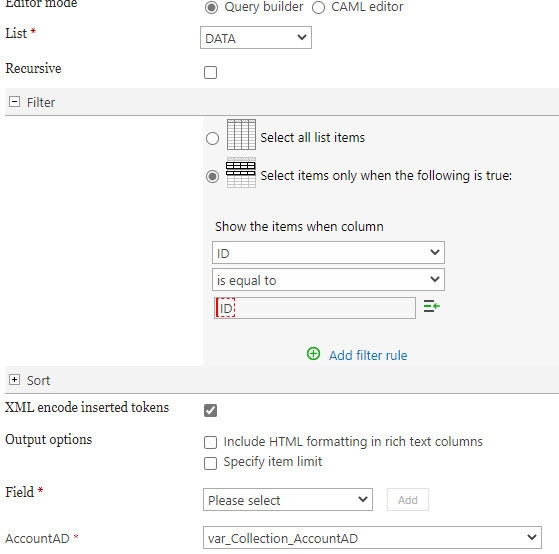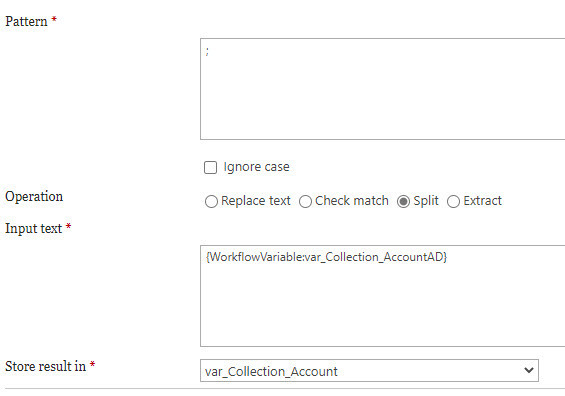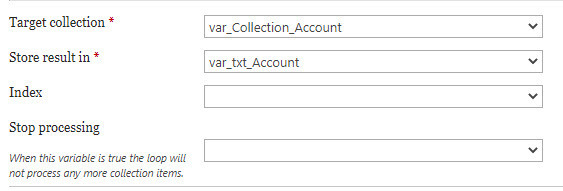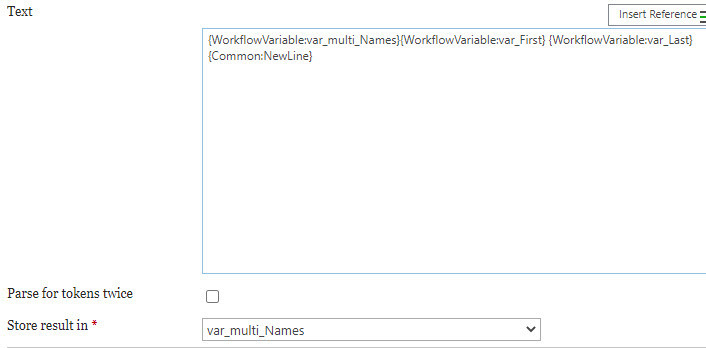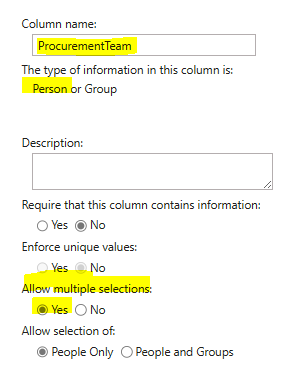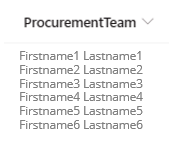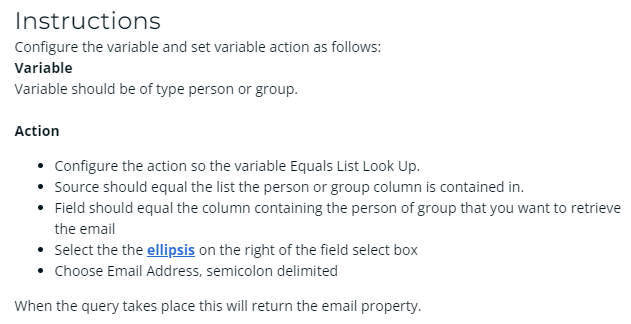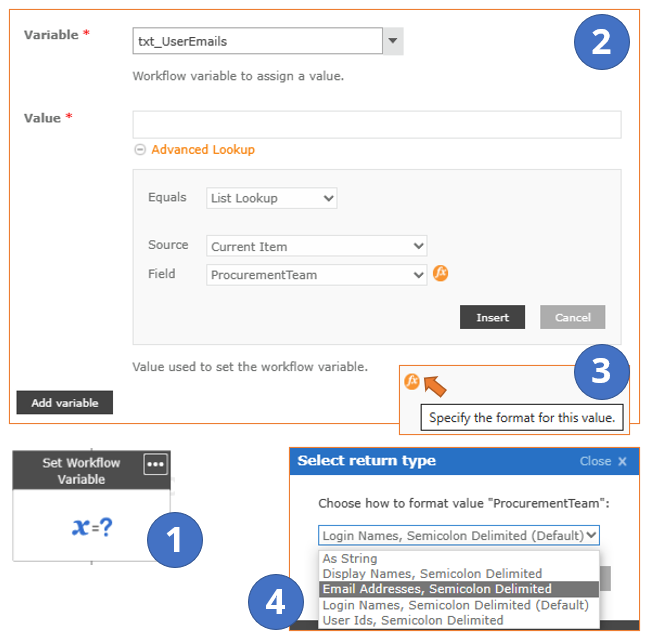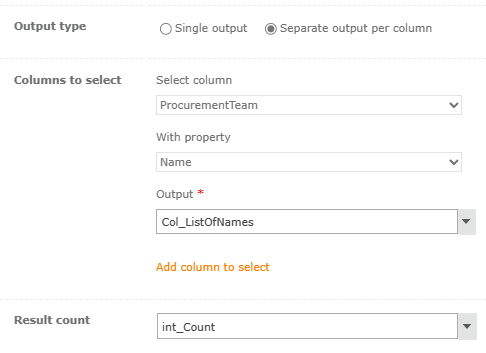Sharepoint 2016 on premis (not online)
I have a multi person allowed field in the list. What i’m trying to do is parse out each person, by account name, to first and last name and place them into a multiline text box. Seems like it should be easy, but i keep pulling errors.
The first thing i do is use a collection operation > add > to place each value into a collection variable. I then for each loop through the collection and place each value into a person variable. Then I use a query user profile with that person variable to populate two text variables (first, last). after that I try to concatenate a multiline text variable with each instance of the first,last. It’s crashing on the first step and i’m getting a partial error string in the log that indicates the person field is carrying a lot more than just the account.
Has anyone done this successfully?
Thanks!



